The process of creating content that’s engaging and successful, no matter what your industry.
There are loads of articles about creating content so I’ll keep this one simple. Using nothing more than best practice, common sense, and well-executed basics you can be well on your way to creating engaging content. In the interest of transparency, it should be noted that if I thought my bum would generate engagement and success online I would seriously consider using it. But it won’t. If like me, you’re unsure of the ‘grammability’ of your bum then this is for you. Also, if you sell bums and have no option but to post them, fair enough.
**Side Note** This article is designed to be used after reading Social Media Strategy for 2022 That Isn’t Complete Cobblers. If you haven’t already, go read that first or you may waste a lot of time and effort on this stuff.
Developing a content strategy is not nearly as difficult as it sounds. It’s a nice, neat way of saying you know what you’re going to post, on which platforms, at what time of day, targeted at which segment of your audience, for ‘X’ reason or purpose. For the whole year. That may feel laborious but once you get into the swing of it you’ll be fine. Trust me. Let’s tackle each of those in order.
Creating Content – What are you going to post?
This will depend largely on where your audience is. As they’re the ones you’re trying to appeal to you have to let them lead the way in terms of your content. It sounds daft but doom-scrolling through Instagram Reels can now be called ‘research’.
You can break this down by common sense. If your audience is very active and engaged on Youtube then medium to long-form video content makes sense, right? If they’re on TikTok then short, impactful videos are more likely to resonate. It doesn’t mean you have to be the next TikTok dance sensation (although that would help!) but you have to adapt your output. Become familiar with running jokes and take advantage of memes & pop culture (but please, no more Will Smith memes. Please.)
Once you’ve discovered where your audience is, and what format of content they prefer, take some time to see who from your competitors is getting the best results. This is an area you could get bogged down in so beware. If a business has a natural ‘funny person’ who loves being in front of a camera and can do the splits whilst lip-syncing to the latest Beyonce track and do it well don’t, for crying out loud, try and copy it. However, if there are certain styles of content that are getting big engagement then take a look at what’s being used.
For example, hashtags.
Hashtags
Think of hashtags as search terms. Ignore comic ones like #sorrynotsorry or #tequilamademedoit and look for the industry-specific hashtags your competitors are using. If you’re in floristry that could be things like #mothersday2022 or #redroses, if you’re in aquatics it could be #koi or #nanoaquarium – whatever your audience is likely to search for. You’ve got to be thinking about what your audience wants to see when they’re looking at social media.

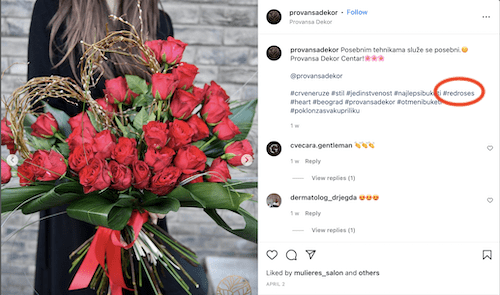
Once you’ve established the hashtags that you think are most prevalent in your industry open up Instagram on your desktop. I know. Wild, right? Who on earth does that? Me, and I’ll show you why.
Input a hashtag into the search bar at the top centre of the screen and Instagram will give you the monthly search volumes as well as similar hashtags you may not have considered. Why is this useful? Let me show you. Keeping with the aquatics theme because I happen to know a little bit about it…
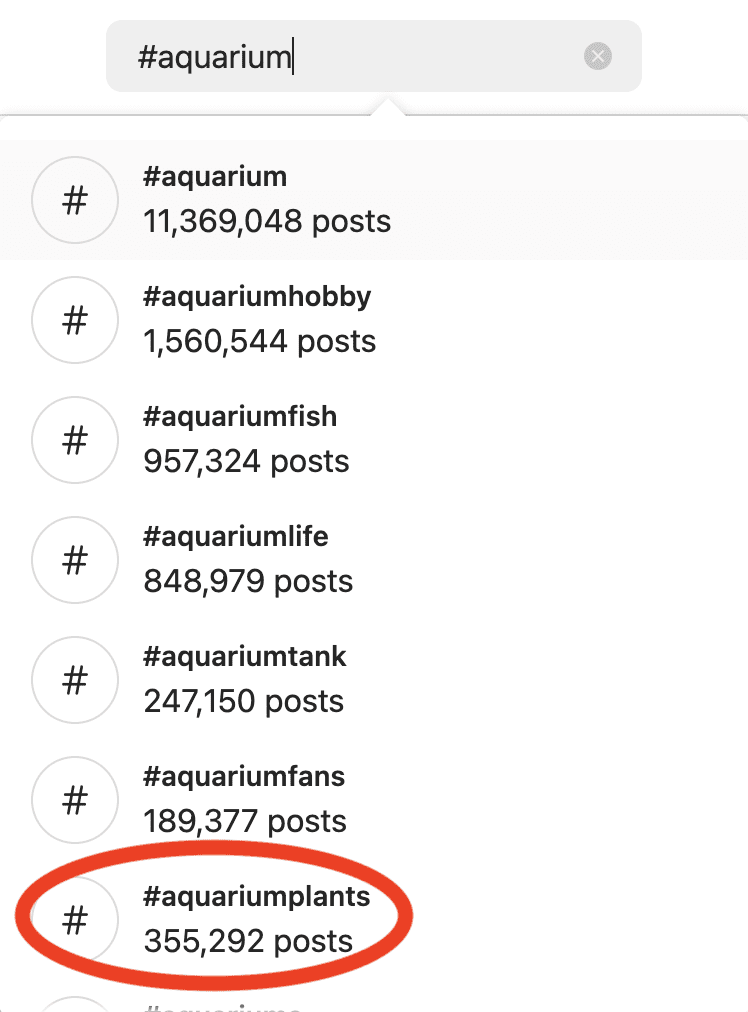
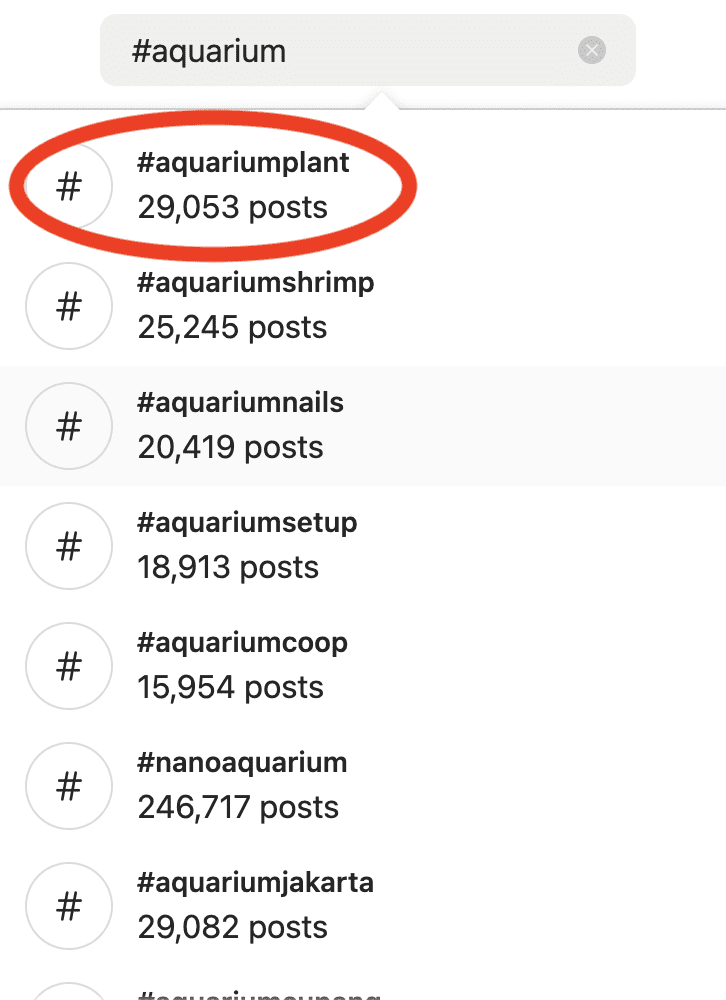
An ‘s’. That’s the difference. In this instance that ‘s’ has been missed off in almost 30,000 searches this month alone.
So, what?
If you’re in a crowded marketplace with a lot of competition, would you prefer your content to compete for the attention of 350,000 searches, or 30,000? Are you 10x more likely to get engagement from using the other ‘incorrect’ hashtag in this instance? Maybe. Maybe not. But you’re giving yourself a much better chance at getting attention and engagement.
The ‘s’ trick works more often than you might think, as does deliberately targeting spelling errors in hashtags. Obviously, this strategy is predominantly aimed at Instagram but it can be used on Facebook, too, but FB is much less helpful.
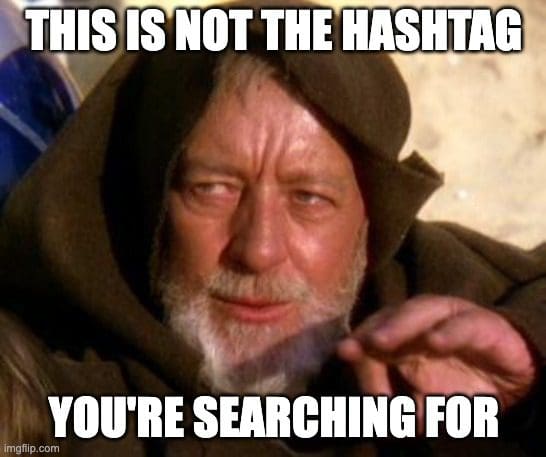
There’s a fair amount more that we could go into here but, as most people will end up using Instagram and Facebook (and this is supposed to be a simple, easy-to-follow guide), we’ll move on from the format of content.
Where should I be creating content?
Super easy, this one. Put your content where your audience will see it. If your research tells you that your audience spends time on Instagram and Facebook then go there. If it’s LinkedIn, post there. Twitter, TikTok, Telegram, Reddit, Pinterest – wherever it is go there and create that style of content.
There isn’t really much more to say on that. Take a look at the hashtags that are performing well, the style of content (video/imagery/text/memes/jokes) that are performing well and take it from there. Bit of a time-saving tip – if you see a great bit of content that’s getting loads of engagement and says what you want to say better than you could….just share it. It’s not stealing, it’s not cheating, it’s sharing. It’s precisely what the creator of that content wants you to do. You’ll benefit from some of that sweet engagement for very little effort.


When should I post my content?
There are two main schools of thought around this with the usual complement of fence-sitters between the two.
Structured posting
There’s a lot of data out there that will show you when the best time to post per platform might be. Lots of these data sets are not industry-specific, or time-zone specific. Some take bots into account, some don’t. It’s a bit of a minefield. The most general example I could find for this ‘structured posting’ is this. It goes into a lot of depth and you’ll need to go in armed with a good working knowledge of your preferred scheduling software.
Posting ‘as and when’
This is the other side of the coin. The argument here is that forcing content at specific times results in rubbish content and advising people to do so adds unnecessary pressure. Content Calendars and ‘Power Hours’ are prescriptive and stifle creativity, according to this theory, and you should post what feels good whenever you jolly well please.
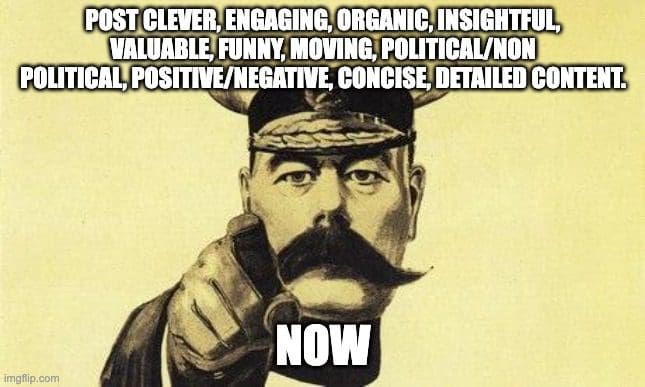
It’s important to note that this argument is often espoused by LinkedIn content strategists. LinkedIn is a bit different. The content on there hangs around a bit longer than on Facebook or Instagram. I can be fairly sure of tracking down a week old post from someone in my network on LinkedIn – this would be much harder on Instagram or Facebook. Particularly with ‘disappearing content’ like Instagram Stories.
Somewhere in the middle
I’m not usually a fan of the ‘splintery bottom’ position of sitting on the fence but on this occasion I fall somewhere between the two. I think consistent content is important and if I stumble across a time of day that works particularly well then I’ll stick to it. For instance, we produce a newsletter every other week for one of our clients and have found the time and day that works best for that in terms of open rate and orders generated – so we’ll stick to it, thanks.
Find what works for you or your team and do that. Let everyone else worry about their own way.
Creating content for your audience
You will have already created your ideal customer personas so use those templates to dictate how you’ll approach each one. When you’re creating content it must always be targeted and have a purpose or it’s a waste of time.
You’ll want to approach each persona differently as they’ll all follow a different path to your content. This could be differences as large as using separate platforms or as narrow as a differing hashtag search.
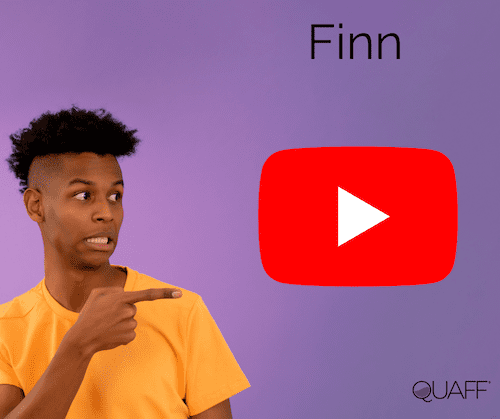

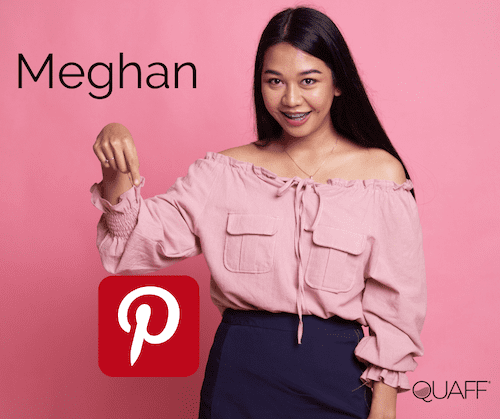

Use the personalities you have created to pre-empt what they will want to see, in what format, on what platform and just fill in the blanks. You’ll know it works because you’ve based your personas on your existing audience which is already doing all of these things!
Why are you creating content?
There are 9 typical goals cited for creating content online;
- Increase brand awareness
- Drive traffic to your website
- Generate new leads
- Grow revenue (by increasing sign ups or sales)
- Boost brand engagement
- Build a community around your business
- Provide social customer service
- Increase mentions in the press
- Listen to conversations about your brand
Know which one of these you’re going for ahead of time. Don’t try and achieve all 9 unless you have a team large enough to allocate a person per point AND an audience large enough to take the resulting barrage of content. Without an audience numbering in the 100,000s you can’t effectively carry out all 9 without seriously irritating people.
Remember to be realistic when picking your goal. If you’ve never made sales directly from your content don’t expect it to suddenly start. Think about how your personas want to be engaged and then follow your nose from there.
Creating content in advance
Congratulations! You’ve not got the basic elements of everything you need to create your year’s worth of content! In reality we’d advise working a few months in advance – we tend to hover around 4/6 weeks for our clients – or you’ll become disengaged and even bored by the end. If this happens your content will suffer.
Don’t be scared to try something unusual. Don’t worry about getting it wrong. For crying out loud don’t worry about getting it perfect – it generally won’t be. Don’t make hasty decisions off the back of one post that bombed, and try to enjoy it – it’s a lot easier that way.






